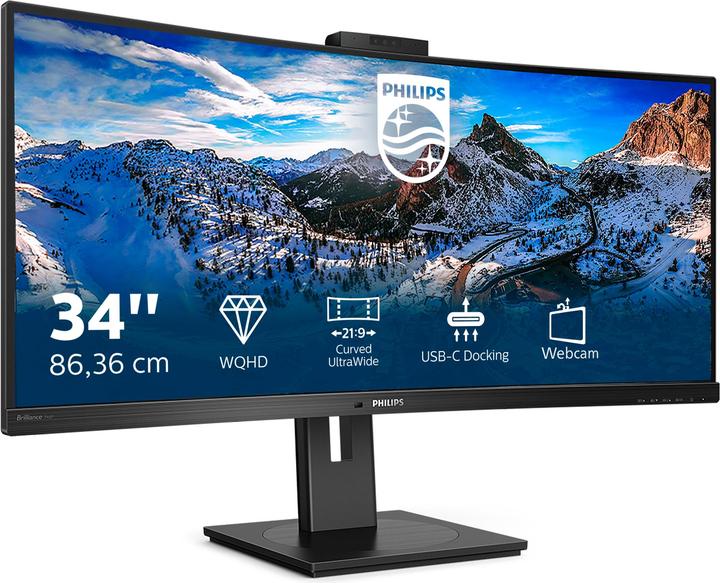Hello pedro2970
I'm not sure I understood your setup exactly either (and you didn't ask a question 😉). I suspect the following:
You want to connect the Philips 346P1CRH/00 to an HP EliteBook via USB-C and at the same time connect another monitor to the HP via HDMI.
I can operate the following successfully: HP EliteBook 840 (G5) with Win10 Pro. This is connected to the Philips monitor at the USB-C port with a Thunderbolt 3 cable: This transmits the image at 3440x1440px and supplies the notebook with power at the same time (and WebCam also works). I connected another monitor to the HDMI port of the HP. Here I have 1920x1080px (it is an old monitor that can only do Full HD).
In the Windows display settings, I have set "Extend desktop to this display" for both monitors. This means I have "three" screens, each with its own content: The one from the notebook (mine has full HD, 1920x1080px), the Philips monitor (3440x1440px) and the Samsung monitor (1920x1080px).
So you can control two monitors at the same time: once via USB-C and once via HDMI.
BUT: This is not a question of the monitor, but of the notebook! The success depends on the performance of the graphics card in the notebook or the respective Intel processor (if no separate graphics card is installed). My (old) HP EliteBook G5 has an Intel Core i5-8350U and thus an Intel UHD Graphics 620. Apparently I could run 4096x2304@60Hz via USB-C (here = DisplayPort) and 4096x2304@24Hz via HDMI (in addition to the HP internal monitor). I couldn't find out how much frequency I have with the Samsung. In any case, the output via HDMI is rather weak.
You can find information on the performance of Intel graphics cards here (go through the instructions from step 1 to 3 exactly):
https://www.intel.de/content...
